Introduction
What is rice cake made of? Rice cakes have become a popular snack around the world, known for their light and crunchy texture. Whether eaten on their own, as a base for toppings, or as part of a meal, rice puff are versatile and easy to incorporate into any diet. Their simplicity, portability, and wide range of flavors make them a go-to option for people seeking a quick and healthy snack. Not only are rice cakes enjoyed in Western countries, but they also have deep cultural significance in Asian cuisine. The purpose of this article is to explore the key ingredients that make up rice cakes, their nutritional value, and the different variations found around the world.
Table of Contents
What is Rice Cake Made Of?
Rice cakes primarily come from rice that undergoes various processing methods. These simple snacks take different forms depending on their preparation. In general, manufacturers create rice wafer by pressing and puffing rice to form a crunchy texture. So, what is rice cake made of? Rice is the main ingredient in most rice cakes, but the preparation, flavoring, and additional ingredients vary based on regional preferences and cultural traditions. Different cuisines enjoy rice cakes, often with distinct textures and flavors. Depending on the culture and recipe, rice puff can be sweet, savory, or even spicy
Common Ingredients
Rice cakes may have minimal ingredients, but those ingredients contribute significantly to their texture and taste. Most rice wafer are made with either white rice or brown rice.
- White rice is the most common base ingredient. It gives rice cakes their light, airy, and crunchy texture.
- Brown rice is often used in healthier versions as it contains more fiber and nutrients. Brown rice cakes are denser and can provide longer-lasting energy.
- Additives like salt, sugar, or flavoring are often added for taste. Sweeteners may be used for dessert-style rice puff, while savory ones may include salt, herbs, or spices.
These ingredients are sometimes combined with additional elements to enhance flavor and texture.
In Traditional
Traditional rice cakes have been a staple in many Asian cultures for centuries. In these cuisines, rice cakes are made with basic ingredients, such as rice and water, though the methods and varieties can vary greatly.
- Asian varieties include Korean tteok, a chewy rice cake, and Japanese mochi, made from glutinous rice that is pounded into a sticky dough.
- Preparation methods involve steaming or boiling the rice, and sometimes the rice is fermented to enhance flavor and texture.
- Key ingredients for traditional rice wafer often include glutinous rice (used in many Asian rice cakes) for its sticky texture, and in some cases, fillings such as sweet red bean paste or savory vegetables.
People enjoy these rice cakes during cultural celebrations and festivals, where they symbolize prosperity and good fortune in some cultures.
In Modern
Modern rice cakes have evolved from their traditional roots, incorporating new technologies and ingredients to make them lighter and more versatile. One of the key innovations in modern rice cracker is puffing technology, which involves heating rice under high pressure to puff it up. This creates the familiar crunchiness that makes rice cracker so popular.
- Puffing technology gives rice wafer their airy texture and makes them easy to digest.
- Commercial ingredients often include preservatives or flavorings to enhance the taste and shelf life. Many modern rice cracker come in flavored varieties such as BBQ, caramel, or chocolate.
- Gluten-free options have also become widely available, providing a safe option for individuals with dietary restrictions.
These modern rice cakes are convenient, customizable, and often come in a variety of flavors and textures.
Nutritional Content
People often choose rice cakes for their lightness and simplicity, but understanding their nutritional content is essential for anyone incorporating them into their diet. Typically, rice cracker contain low fat and calories, making them an attractive option for those seeking to manage their weight.
- Macronutrient breakdown: Rice wafer are predominantly made of carbohydrates, providing a quick source of energy. Depending on the type of rice cake, they may have a minimal amount of protein and fat.
- Caloric content: A single rice wafer typically contains between 35 and 50 calories, making them a low-calorie snack choice. However, the exact number of calories can vary depending on the ingredients and any added toppings.
- Variations in nutritional value: Brown rice wafer, for example, contain more fiber than white rice cakes, making them a healthier option for digestive health.
Rice cakes can be a great addition to a balanced diet when consumed thoughtfully, as they provide a fast source of energy while being low in fat.
Evaluating for Health Benefits
Although people often see rice cakes as a healthy snack option, it’s important to assess their overall health benefits. The answer to “Are rice cakes healthy?” depends on how you consume them and what other foods you include in your diet.
- Health benefits: Rice wafer are low in fat and calories, which makes them a good option for those looking to manage their weight. Additionally, whole grain rice wafer(like those made with brown rice) offer more fiber and nutrients.
- Potential drawbacks: On the other hand, rice cakes are low in essential nutrients, and their high glycemic index can lead to a quick spike in blood sugar. This can be a concern for people with blood sugar imbalances or those looking to maintain consistent energy levels.
- How to consume them wisely: To make rice snack a healthier snack, consider topping them with nutrient-rich ingredients such as avocado, nut butter, or lean proteins. This will help balance the glycemic effect and provide more sustained energy.
In conclusion, rice cakes can be a healthy option when paired with other nutrient-dense foods, but they should not be relied upon as a sole source of nutrition.
Types Around the World
Rice cakes come in a variety of forms and preparations depending on the region. Different cultures have embraced rice snack and made them a central part of their cuisine. What is ricecake made of can vary greatly from country to country. Below, we’ll explore some of the popular types of rice snack found across the globe.
- Korean rice cakes: Known as tteok, people make these rice wafer from glutinous rice, and they come in various textures and forms. Koreans commonly use tteok in celebrations, from weddings to holidays. You can fill these rice snack with sweet red bean paste or enjoy them plain.
- Japanese mochi: In Japan, people make mochi rice snack by pounding glutinous rice into a sticky, chewy dough. Japanese people widely consume mochi during the New Year, and they also use it as a topping for desserts like daifuku or mix it with ice cream.
- Western puffed rice cakes: In the Western world, manufacturers make puffed rice cakes by heating rice under high pressure. This process puffs the rice, making it light and crispy. People often eat these rice snack as snacks, and they are typically available in various flavors.
Homemade
Making rice wafer at home can be both a fun and rewarding experience. While store-bought rice snack are convenient, homemade versions allow you to control the ingredients, flavor, and texture.
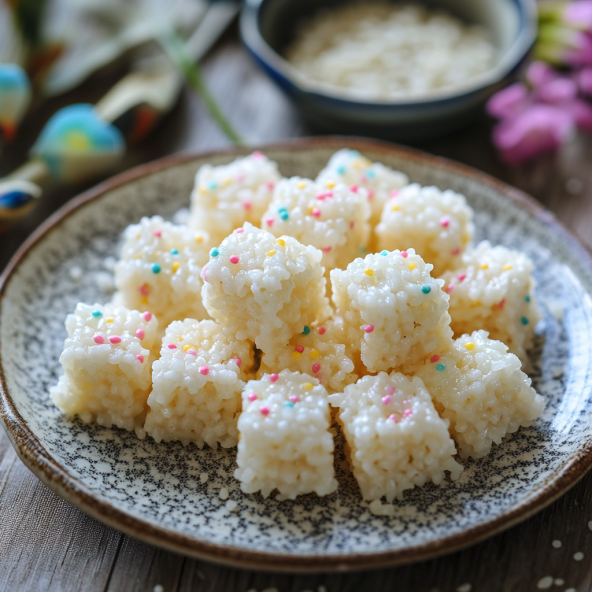
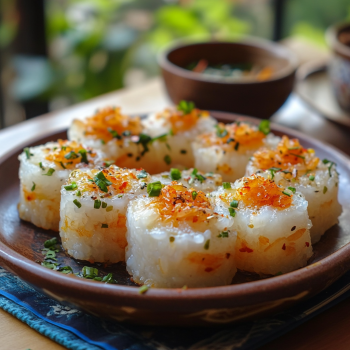
- Simple recipes: Homemade rice snack are made by cooking rice and then pressing it into molds or forming them by hand. You can season the rice with salt, sugar, or flavorings of your choice. A basic recipe includes cooked rice, water, and a pinch of salt. You can also add flavorings such as cinnamon, herbs, or even dried fruits.
- Benefits of making at home: By making your rice cakes at home, you can avoid the preservatives and artificial ingredients often found in store-bought versions. Additionally, you can customize the texture to your liking, whether you prefer soft, chewy, or crispy rice snack.
- Key tips for success: To make perfect rice cakes, ensure your rice is well-cooked and slightly sticky. Use a rice cooker or a stovetop method to achieve the desired texture. Press the rice firmly into the mold or shape it by hand for uniformity.
Variations in Ingredients
You can customize rice snack to suit different tastes, dietary needs, and cultural preferences. The possibilities for flavor and ingredients are endless, making rice cakes a versatile food.
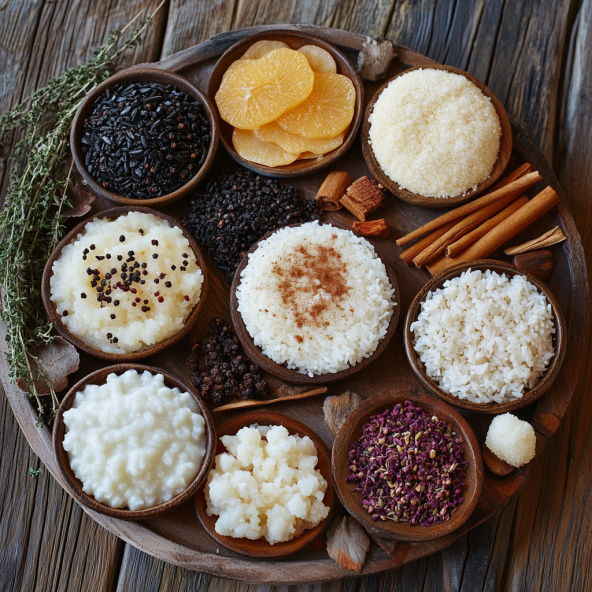
- Sweet vs. savory rice cakes: Rice cakes can be either sweet or savory depending on the ingredients. Sweet rice snack might include sugar, cinnamon, or fruits, while savory options can feature herbs, spices, or even fillings like cheese or vegetables.
- Vegan and allergen-friendly recipes: Many rice wafer recipes are naturally vegan, especially if they use basic ingredients like rice and water. To make allergen-friendly versions, avoid dairy, nuts, and gluten. Vegan toppings such as avocado, hummus, or plant-based cheese can add flavor and texture.
- Innovations in rice cake recipes: With increasing demand for healthy snacks, there are now many innovative rice wafer recipes. For example, you can use quinoa or other grains to create alternative versions of rice snack. Additionally, plant-based protein powders or superfoods like spirulina can be added to increase the nutritional value.
Cultural Importance
Rice cakes hold significant cultural importance in various countries, especially in Asia. People consume them not only for their taste but also for their symbolic value during celebrations and traditions.
- Celebratory uses in Asia:In many Asian countries, people consider rice cakes essential during festivals and celebrations. For instance, Koreans consume tteok during major holidays, and in China, people eat rice wafer to symbolize prosperity during the Chinese New Year.
- Role in festivals and traditions: Rice cakes play an important role in traditional ceremonies. In Japan, people often offer mochi to deities during the New Year’s celebration. In other parts of Asia, people also exchange rice cakes as gifts to wish others good fortune.
- Symbolism in different cultures: In several cultures, rice puff symbolize good health, longevity, and prosperity. In Korea, the color of the rice snack often represents specific wishes, such as happiness or peace. The act of sharing rice cakes is often tied to communal bonds and friendship.
Modern Uses
While rice cakes have deep traditional roots, they are also widely used in modern diets and food trends. In today’s health-conscious world, rice wafer have found a place in fitness and meal planning.
- As a snack: People love rice puff as a snack because they are light, easy to carry, and come in many flavors. You can eat them on their own or pair them with toppings like peanut butter, hummus, or avocado for extra flavor.
- Inclusion in fitness diets: Due to their high carbohydrate content, many people include rice puff in their fitness diets. Bodybuilders and athletes consume rice cakes to quickly replenish glycogen stores after workouts. Their light texture also makes them easy to digest during exercise.
- Use as a meal base or bread substitute: You can use rice wafer as a base for meals. For example, they can replace bread in sandwiches or be added to salads for crunch. Their versatility makes them an excellent option for those seeking a gluten-free alternative to traditional bread.
Environmental Impact
Rice production plays a crucial role in making rice puff, but it also brings environmental concerns that need attention. By understanding the environmental impact of rice cakes, consumers can make more sustainable choices.
- Rice production and sustainability: Rice farming is water-intensive and contributes to greenhouse gas emissions. Sustainable rice farming practices are being developed to reduce the environmental impact. Supporting rice producers who use eco-friendly methods can help mitigate these effects.
- Packaging considerations: Most commercially produced rice cakes are packaged in plastic, which contributes to waste. Opting for brands that use eco-friendly packaging or purchasing rice puff in bulk can reduce your environmental footprint.
- Ethical sourcing of ingredients: Some brands offer rice wafer made with ethically sourced rice or organic ingredients. By choosing these brands, consumers can support sustainable and ethical practices in the food industry.
FAQs
Are rice cakes good for weight loss?
Rice cakes are low in calories and can be part of a weight loss plan when consumed in moderation. However, they should be paired with nutrient-dense toppings for better satiety.
What is rice cake made of?
Rice puff typically consist of rice that is heated and pressed to create a light, airy texture. Some variations may include flavorings or additional ingredients such as salt, sugar, or spices.
Can rice cakes be part of a fitness diet?
Yes, their low-calorie and high-carbohydrate content make them ideal for pre- or post-workout snacks. Learn more about their role in fitness diets in Why Do Bodybuilders Eat a Lot of Rice Cakes?.
Are rice cakes suitable for a gluten-free diet?
Yes, rice snack are naturally gluten-free, making them an ideal snack for people with gluten sensitivity or celiac disease. However, always check the labels for any added gluten-based ingredients.
Conclusion
Rice cakes are a versatile, nutritious, and culturally significant food enjoyed around the world. Whether you are enjoying traditional rice cakes like tteok or mochi, or opting for modern puffed varieties, rice puff offer a wide range of options for different tastes and dietary preferences. Their simplicity and adaptability make them a great snack, meal base, or even a quick post-workout energy boost. However, it is important to be mindful of the environmental impact and opt for sustainable production practices when possible.
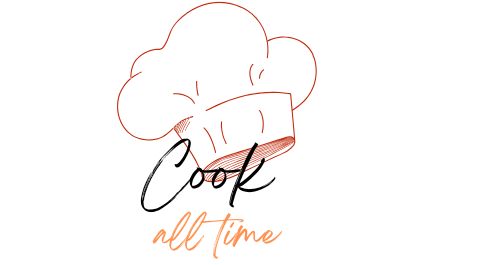
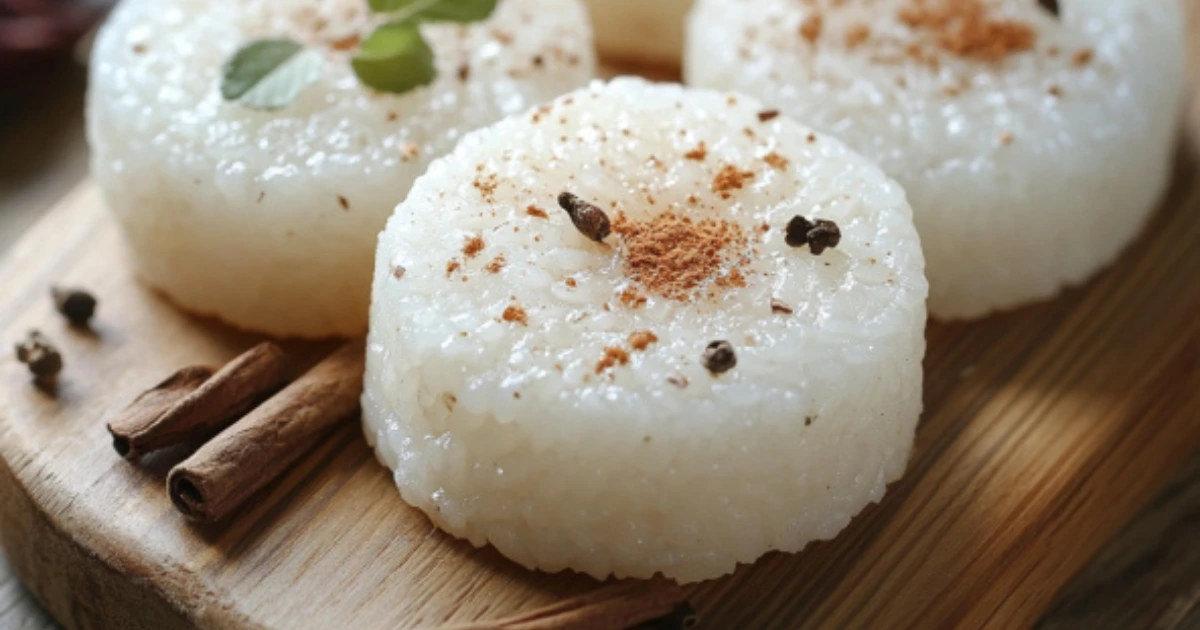
1 thought on “What is Rice Cake Made Of? Uncover the Ingredients and Variations”